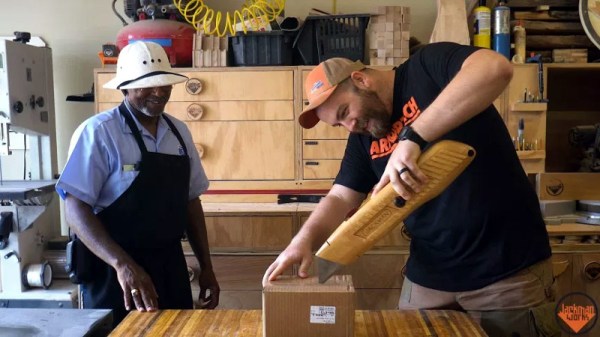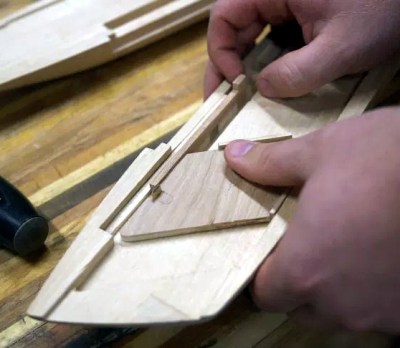Sometimes, you move to a new city, and things just aren’t going your way. You’re out of cash, out of energy, and thanks to your own foolishness, your car’s battery is dead. You need to jump-start the car, but you’re feeling remarkably antisocial, and you don’t know anyone else in town you can call. What do you do?
It’s not a problem, because you’re a hacker and you have a cordless drill in the back seat of your car. The average drill of today tends to run on a nice 18 volt lithium battery pack. These packs are capable of delivering large amounts of current and can take a lot of abuse. This is where they come in handy.
Typically, when jump starting a car, another working vehicle is pulled into place, and the battery connected in parallel with the dead battery of the disabled vehicle. Ideally, the working vehicle is then started to enable its alternator to provide charge to the whole system to avoid draining its own battery. At this point, the disabled vehicle can be started and its alternator can begin to recharge its own battery. After disconnecting everything, you’re good to go.


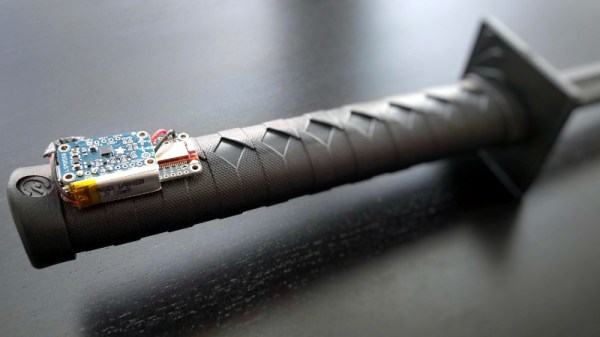

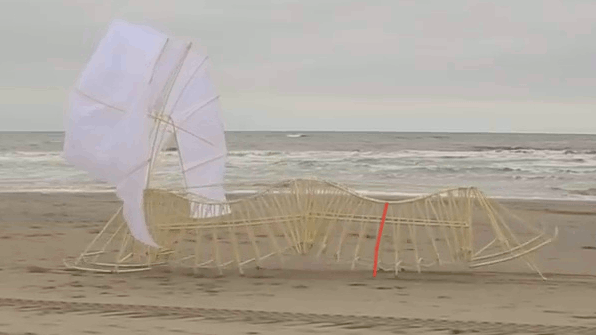
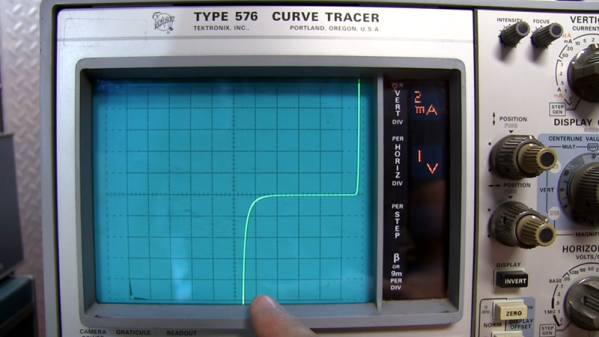

 All that testing should ensure Parker can perform its mission and tell us a lot of interesting things about our sun. And if you got in on the
All that testing should ensure Parker can perform its mission and tell us a lot of interesting things about our sun. And if you got in on the 